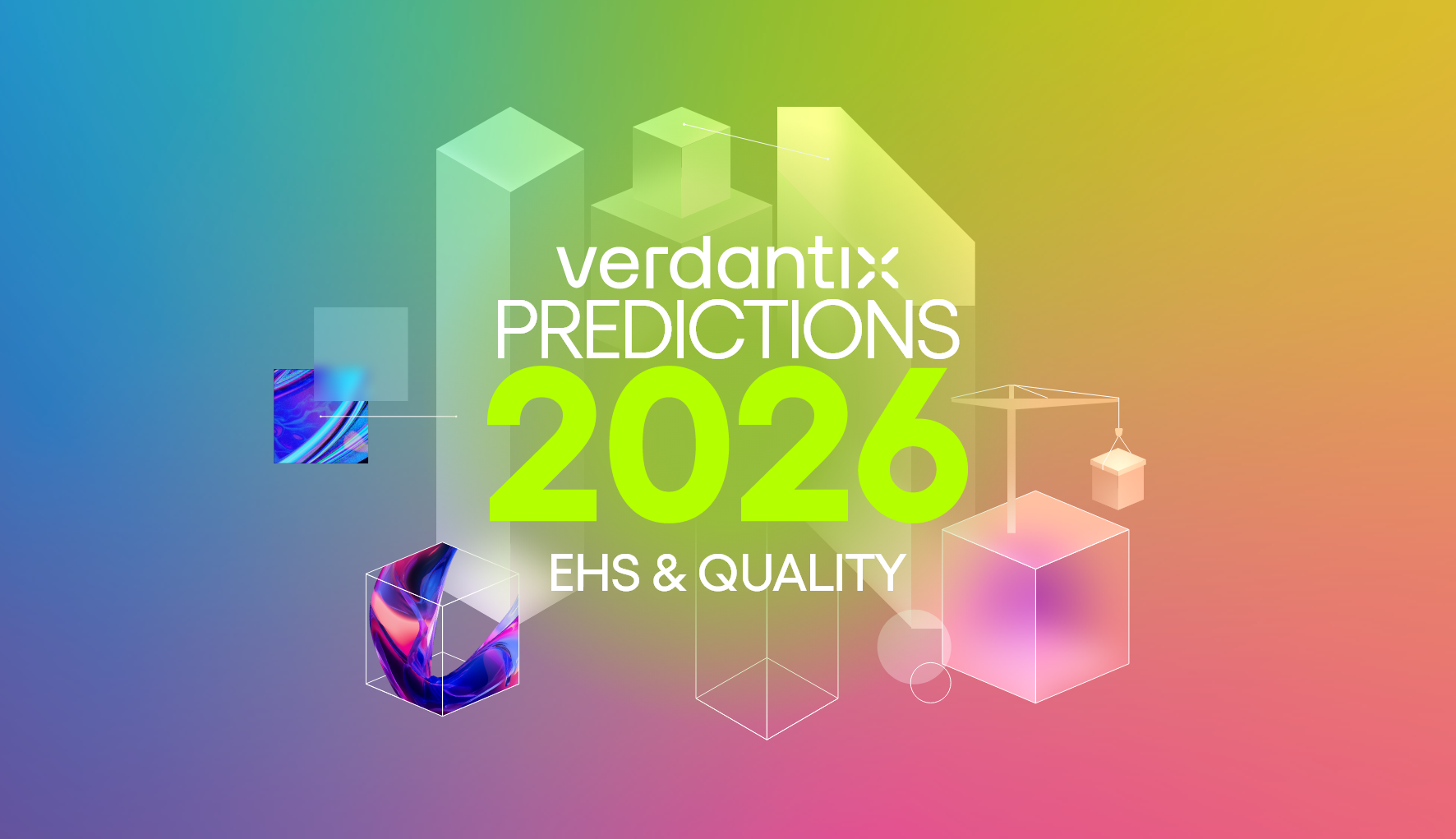Select Yes If You Are Sustainable: How Can EHS Management Tools Provide Valid Responses To Difficult ESG Questions?
In April of this year, an image of a US airport security question asked at a self-check-in kiosk went semi-viral on Twitter. The question that gained so much internet coverage is - Are you a terrorist? Accompanied by unintentionally comical yes or no answer options. It was difficult not to draw similarities between this “advanced level” security measure and some of the questions populating GRI or SASB framework supplier ESG surveys. Although questions along the lines of “To what extent do you have an ESG and sustainability programme in place?” provide audibility and accountability for supplier ESG promises, the data provided is trivial in its ability to benchmark the ecological footprint of their supply chain.
It must be said, ESG questionnaires also ask suppliers for more useful data, most notably emission and utility information used to build up a more robust Scope 3 picture. But with over half of global suppliers having less than 25 employees, most do not have the resources to provide accurate and valid figures to these questions. This lack of supplier visibility is a heavy contributor to greenwashing, as firms completely underestimate Scope 3 emissions. A major talking point at our recent Verdantix Innovative Solutions To Master Climate Disclosures summit, it is clear that sheer scale and complexity of the task calculating accurate Scope 3 emissions is giving ESG leaders serious headaches. For Scope 3 monitoring and other supply chain sustainability initiatives to carry any validity, suppliers must be able to access affordable, easy-to-use tools to support the collection of ESG metrics.
For many firms, this challenge has fallen into the laps of the EHS function. In a recent Verdantix global survey of EHS leaders, 95% of respondents believed their EHS function will be involved with defining a supply chain and contractor management strategy. For the last decade, EHS functions have leveraged software to engage suppliers for data around contractor prequalification, data for product stewardship, forced labour and conflict minerals. Historically, these solutions such as Assent, Avetta, EcoVadis, ISN, Sphera and Veriforce have been heavily reliant on services to engage and handhold suppliers. Our recent EHS services survey supports this, with 84% of respondents viewing managed services for supply chain management as either important or very important. With ESG supplier data requirements continually increasing, this demand is set to increase over the next three years.
To cater for the rising demand for supplier ESG monitoring, a number of vendors have pressed hard to provide tools that support suppliers in answering difficult sustainability questions themselves (see Verdantix Buyer’s Guide For Supply Chain Sustainability Software). For example, EcoVadis launched its Carbon Action Module in mid-2021 and platforms from Greentone and UL provide in-built emissions calculator tools. Historically focused on prequalification, Avetta has turned its attention to collecting supplier ESG risk data; the solution helps suppliers estimate their emissions leveraging a network partner Sustain.Life, which provides a calculator offering geared towards smaller firms.
To understand more about the EHS function’s role in tackling ESG challenges as well as the technology that can assist them, visit our research portal here.
About The Author

Tom Brown
Senior Consultant, Advisory Services





_og-main-image.jpg?Status=Master&sfvrsn=62f4eb33_1)